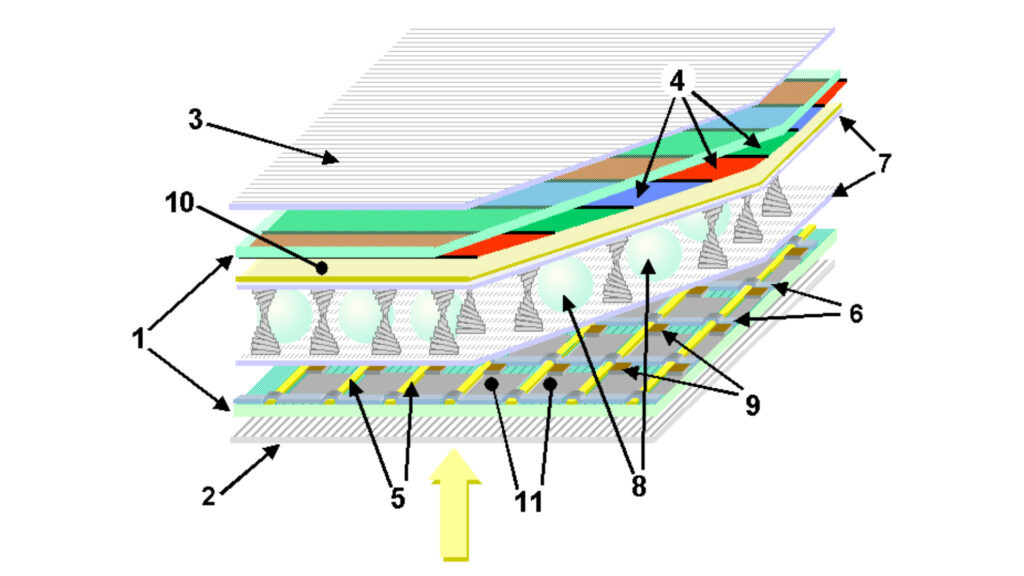With its LTPO panel, the iPhone 13 Pro inaugurated a technology that has never been seen before on Apple smartphones. And the iPhone 14 logically followed. Behind this somewhat barbaric acronym is the essential ingredient behind the brand new displays ranging from 1Hz to 120Hz.
The 120 Hz screen was one of the great novelties of the iPhone 13 Pro. And the iPhone 14 Pro, launched in 2022, is also equipped with it. With this improvement, which allows for better display fluidity, Apple joins the ranks of other Android manufacturers who have already adopted this technology (Samsung, Oppo, etc.). Not to spoil anything, these screens also allow big gains in autonomy thanks to their variable refresh rate. All this is made possible thanks to the use of a particular component: the LTPO backplane. Don’t run away right away, we’ll explain.
Understanding the LTPO: Anatomy of a Display
If the screens of our smartphones seem to be built with a single layer, when you look closer, the situation is quite different. Between the glass that we tap and the motherboard of the phone, there are 5 or 6 layers of various technologies. One of the most important is backplane technology (backplane in English).

To put it simply, the latter will allow the pixels of the screen to light up. To build the backplane of a screen, a plate of thin-film transistor (or TFT for thin-film transistor), which will act as a switch for pixels and sub-pixels. It is an essential component that will determine the definition of the screen and its refresh rate, since each pixel needs electricity to function.
iPhone 13 Pro, iPhone 14 Pro…: what is OLED LTPO?
It is this layer of the screen that has changed on the iPhone 13 Pro (our test) and the iPhone 14 Pro. The LTPO backplane is an evolution of two old technologies (the LTPS and the oxide TFT), which will combine transistors from these two production methods on a TFT plate. The technology is patented by Apple, which inaugurates there a technique of development of house screen. It is his partner Samsung who produces them and who has implemented a version of this technology on the Galaxy S21 Ultra.
Transistors that use LTPS technology generally have better power throughput and can move electrons faster. This characteristic is essential for the 120 Hz refresh, because the pixels will have to change state very quickly. Oxide TFT transistors are more energy efficient, especially at low frequencies. This saves the phone’s battery when there is little movement on the screen (during reading, standby, etc.).
By combining the two types of transistors, we obtain a backplane capable of varying the refresh rate, while remaining energy efficient. Moreover, LTPO screens did not appear with the iPhone 13. Apple has been using them on its connected watches since the Apple Watch Series 4, precisely for its benefits in energy management. The technology is now mature enough to arrive on iPhones.
Note that there is a difference between the iPhone 13 Pro and the iPhone 14 Pro: the refresh rate varies from 10 to 120 Hz on the 13 Pro, and from 1 to 120 Hz on the 14 Pro. This is what allows the smartphone to consume almost no energy when it is in always-on mode. The 14 Pro’s screen is also brighter (up to 2,000 nits).
